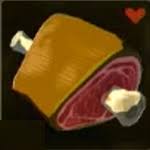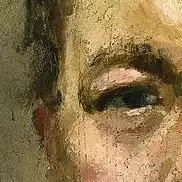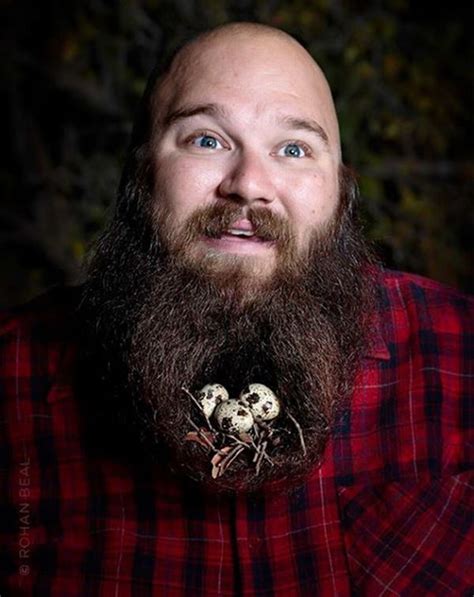From the moment of his arrival in Arles, on 8 February 1888, Van Gogh was constantly preoccupied with the representation of “night effects”. In April 1888, he wrote to his brother Theo: “I need a starry night with cypresses or maybe above a field of ripe wheat.” In June, he confided to the painter Emile Bernard: “But when shall I ever paint the Starry Sky, this painting that keeps haunting me” and, in September, in a letter to his sister, he evoked the same subject: “Often it seems to me night is even more richly coloured than day”. During the same month of September, he finally realised his obsessive project.
He first painted a corner of nocturnal sky in Cafe Terrace on the Place du Forum, Arles (Otterlo, Rijksmuseum Kröller-Muller). Next came this view of the Rhône in which he marvellously transcribed the colours he perceived in the dark. Blues prevail: Prussian blue, ultramarine and cobalt. The city gas lights glimmer an intense orange and are reflected in the water. The stars sparkle like gemstones.
A few months later, just after being confined to a mental institution, Van Gogh painted another version of the same subject: Starry Night (New York, MoMA), in which the violence of his troubled psyche is fully expressed. Trees are shaped like flames while the sky and stars whirl in a cosmic vision. The Musée d’Orsay’s Starry Night is more serene, an atmosphere reinforced by the presence of a couple of lovers at the bottom of the canvas.
https://www.musee-orsay.fr/en/artworks/la-nuit-etoilee-78696
Pictured is “Starry Night Over the Rhone”. “The Starry Night” is his most famous work, painted the following year.
Thanks, I’ll update the title. The site is in French, and says its “La Nuit étoilée” (The Starry Night), but perhaps there was an error.
This is actually my favorite van Gogh. As much as I love the starry night, this once has a bit more of a universal sense of the night as we experience it.
Imagine living in a place where you could see the stars at night.



